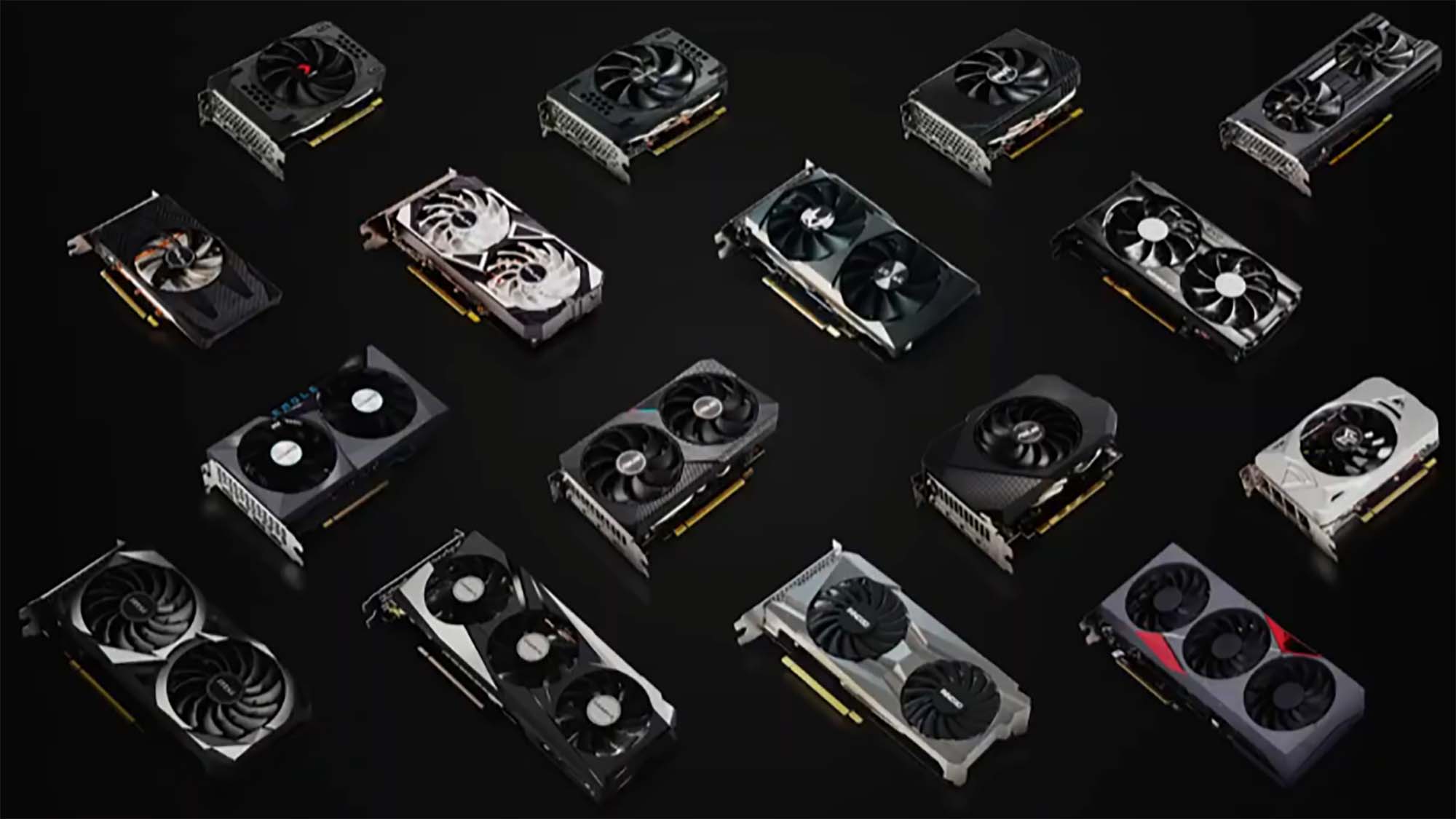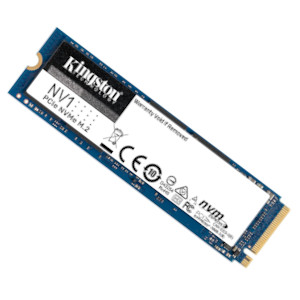
Nvidia had a pretty good CES 2022, all things considered. While its keynote presentation on January 4 was a bit hit and miss (we could have done with fewer game trailers and more detailed looks at Nvidia’s hardware), the products that Team Green showed off were warmly received.
As soon as Nvidia announced its RTX 3070 Ti and RTX 3080 Ti laptop graphics cards, a slew of powerful new gaming laptops was announced by all the big names. If Nvidia can deliver on its promises, it looks like 2022 is going to be a great year for gaming on a laptop.
For many of us, though, the highlight of Nvidia’s show was the reveal of two desktop graphics cards: the affordable RTX 3050 and the ultra-high-end RTX 3090 Ti. But, while most of the excitement was around the (very) brief glimpse we got of the RTX 3090 Ti, I firmly believe the RTX 3050 will prove to be the more important release.
(Image credit: Nvidia)
Filling a gap
From what little we know about the RTX 3090 Ti, it will undoubtedly be a very powerful GPU. The current RTX 3090 is the king of gaming GPUs, offering a level of performance that allows it to handle any modern game with all graphical settings whacked up to their fullest, even at 4K.
The even more powerful RTX 3090 Ti will only be of interest, then, to people who want the most cutting-edge technology or to push ultra-high resolutions of 8K. With most PC gamers playing at 1080p or 1440p, that kind of power is just not needed.
Don’t get me wrong; I love that Nvidia is still pushing the envelope in this regard and I definitely can’t wait to plug an RTX 3090 Ti into my 8K monitor. However, Nvidia’s high-end range of GPUs is now looking pretty crowded, with not just the RTX 3090 Ti and RTX 3090, but also the RTX 3080 Ti and RTX 3080.
Meanwhile, gamers who don’t need, or can’t afford, a high-end GPU may be feeling a bit neglected by Nvidia. So, the RTX 3050 is very welcome.
(Image credit: Nvidia)
A larger audience
As Nvidia itself points out in its RTX 3050 announcement, three of the top five GPUs used by PC gamers on Steam are GTX 50 models: the GTX 1050, GTX 1050 Ti and GTX 1650. It’s clear that more affordable GPUs that also offer some of the features and tech found in more expensive graphics cards are way more popular than the ultra-powerful, ultra-expensive high-end cards, which remain resolutely niche.
There are many people out there that have been eying up Nvidia’s latest RTX 3000 series GPUs and the advances they bring, including improved ray tracing and DLSS support but have been put off by the high prices. (And that’s before we even get into the whole nightmare that is the current GPU market with stock shortages and inflated prices.)
The RTX 3050 should give budget-conscious gamers a chance of getting those RTX 3000 series features, for a much more affordable price of $249 / £239 (around AU$350). It comes with 8GB GDDR6 memory, 2nd generation RT Cores for ray tracing, and 3rd gen Tensor Cores for DLSS and AI. Nvidia claims you’ll be able to play games with ray tracing on at 60 fps. You’ll also be able to use Nvidia Reflex features to reduce latency.
Suddenly, these new features will be opened up to a lot more people. PC gaming should be as accessible as possible, and that’s where the RTX 3050 could play a big part.
(Image credit: Shutterstock)
DLSS FTW
Of the new gaming features the RTX 3050 packs, it’s Nvidia’s DLSS tech that’s going to be the real star. I’ve waxed lyrical before about DLSS, which stands for Deep Learning Super Sampling. It allows compatible GPUs to cleverly upscale game graphics, giving an impressively noticeable boost to performance.
In the past, I’ve used DLSS to get the RTX 3090 to play graphically intensive games like Cyberpunk 2077 and Watch Dogs: Legion at huge 8K resolutions and near 60 frames per second. That would have been unimaginable even a few years ago.
While that’s impressive, the real magic of DLSS is when it’s used with lower-powered GPUs to allow them to hit higher resolutions and frame rates, while also including graphical effects that the GPU wouldn’t normally be able to.
The Nvidia RTX 3050 will support DLSS 2.0 and it’s the perfect candidate for it. Thanks to DLSS, this $250 GPU should be able to hit 1080p resolutions with a decent level of graphical effects, including ray tracing in some titles.
If it manages this, then the Nvidia RTX 3050 will be a literal game-changer for a lot of people. Hopefully, we’ll get our hands on it soon to really test it out.
Check out all of TechRadar’s CES 2022 coverage with reviews, reaction, and analysis of the best new tech we’ve seen, from 8K TVs and foldable displays to new phones, laptops and smart home gadgets.



